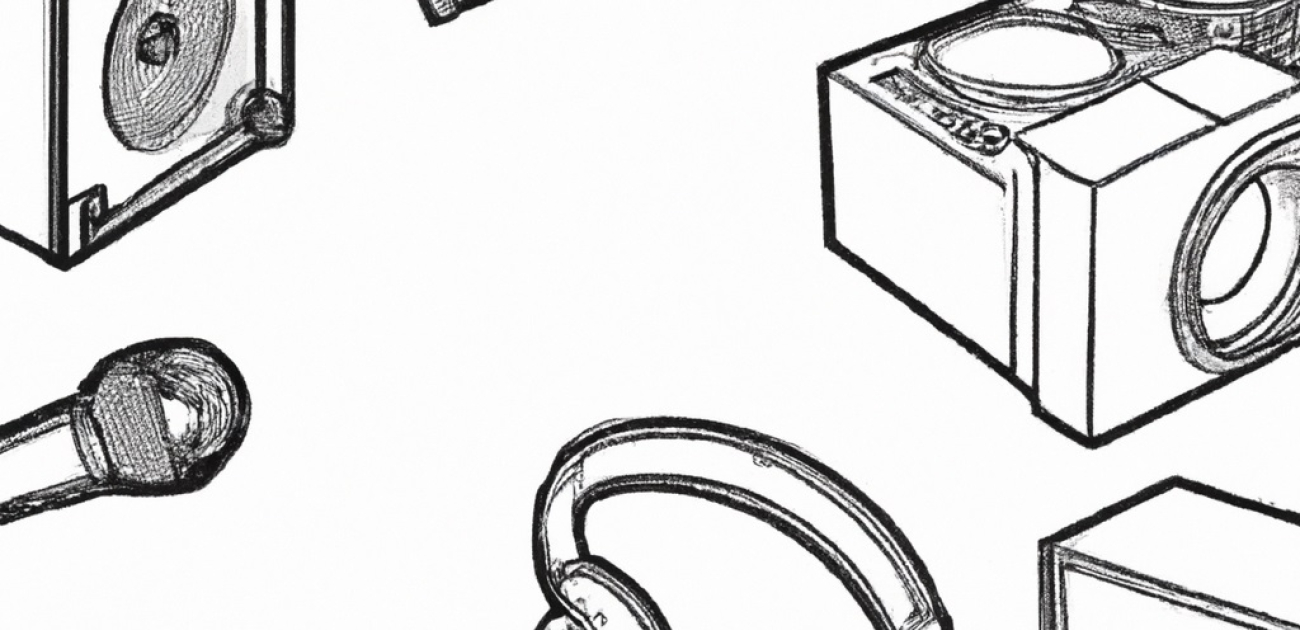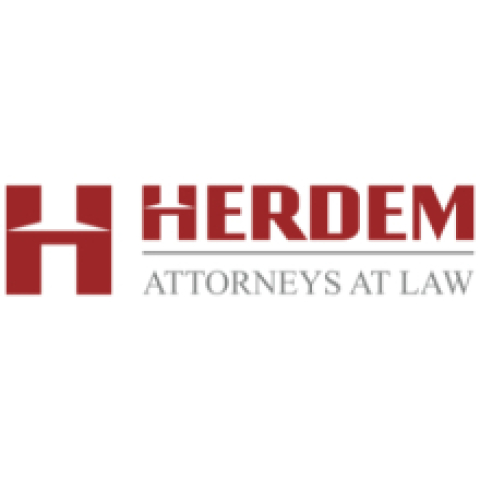FDA Issues Guidance on Enforcement Policy for Non-Invasive Remote Monitoring Devices Used to Support Patient Monitoring
The Food and Drug Administration (FDA) has recently released new guidance on the enforcement policy for non-invasive remote monitoring devices used to support patient monitoring. This guidance aims to provide clarity and streamline the regulatory process for manufacturers and developers of such devices. With the increasing use of remote monitoring technologies in healthcare, it is crucial to establish clear guidelines to ensure patient safety and device effectiveness.
Background
Remote monitoring has gained significant traction in the healthcare industry, allowing healthcare providers to monitor patients remotely and gather real-time data without the need for in-person visits. This technology has proven to be beneficial in various healthcare settings, including chronic disease management, post-operative care, and remote patient monitoring. However, the rapid growth of remote monitoring devices has raised concerns about their regulatory oversight and the need for clear guidance.
The Need for Regulatory Guidance
As the use of non-invasive remote monitoring devices continues to expand, it is essential to establish regulatory requirements to ensure patient safety and device effectiveness. The FDA recognizes the importance of providing clear guidance to manufacturers and developers in navigating the regulatory landscape. This new guidance aims to address the challenges and uncertainties surrounding the development and approval process for these devices.
Scope of the Guidance
The FDA's guidance defines non-invasive remote monitoring devices as those that collect and transmit patient data without the need for invasive procedures or physical contact with the patient. These devices include wearable sensors, mobile applications, and remote monitoring platforms. The guidance covers a wide range of devices used in patient monitoring, including those used for vital signs monitoring, glucose monitoring, and cardiac monitoring.
Regulatory Requirements
The guidance outlines the regulatory requirements for non-invasive remote monitoring devices, both pre-market and post-market. Pre-market requirements include device classification, premarket notification (510(k)) requirements, and the De Novo classification process for novel devices. Post-market requirements include compliance with the Quality System Regulation (QSR), Medical Device Reporting (MDR), and the Unique Device Identification (UDI) system.
Risk Assessment and Mitigation
To ensure patient safety, the FDA emphasizes the importance of conducting a thorough risk assessment for non-invasive remote monitoring devices. The guidance provides guidance on risk classification, risk assessment process, and risk mitigation strategies. These strategies include implementing design controls, conducting software validation, and implementing cybersecurity measures to protect patient data.
Clinical Evaluation and Performance Testing
The FDA's guidance emphasizes the need for clinical evaluation and performance testing of non-invasive remote monitoring devices. Manufacturers and developers are required to conduct clinical studies to evaluate the safety and effectiveness of their devices. Performance testing guidelines are provided to ensure accurate and reliable data collection and transmission.
Labeling and Instructions for Use
Clear and accurate labeling is crucial for non-invasive remote monitoring devices. The guidance provides requirements for labeling, including device identification, indications for use, and warnings and precautions. Additionally, instructions for use guidelines are provided to ensure healthcare providers and patients understand how to properly use and interpret the data from these devices. Patient education and training materials are also encouraged to promote safe and effective use.
Compliance and Enforcement
The FDA's guidance outlines its approach to compliance and enforcement for non-invasive remote monitoring devices. Manufacturers and developers are expected to comply with the regulatory requirements and maintain a quality system to ensure device safety and effectiveness. Non-compliance may result in enforcement actions, including product recalls, warning letters, and civil penalties. The FDA also emphasizes the importance of post-market surveillance and inspections to monitor device performance and address any safety concerns.
International Harmonization
Efforts towards international harmonization of regulatory requirements for non-invasive remote monitoring devices are also highlighted in the FDA's guidance. The FDA collaborates with regulatory agencies from other countries to align regulatory standards and promote mutual recognition of device approvals. These efforts aim to streamline the global market access for manufacturers and developers of these devices.
Conclusion
The FDA's issuance of guidance on the enforcement policy for non-invasive remote monitoring devices used to support patient monitoring is a significant step towards ensuring patient safety and device effectiveness. By providing clear regulatory requirements, risk assessment guidelines, and performance testing standards, the FDA aims to streamline the development and approval process for manufacturers and developers. It is crucial for stakeholders in the healthcare industry to familiarize themselves with this guidance to ensure compliance and promote the responsible use of remote monitoring technologies.

